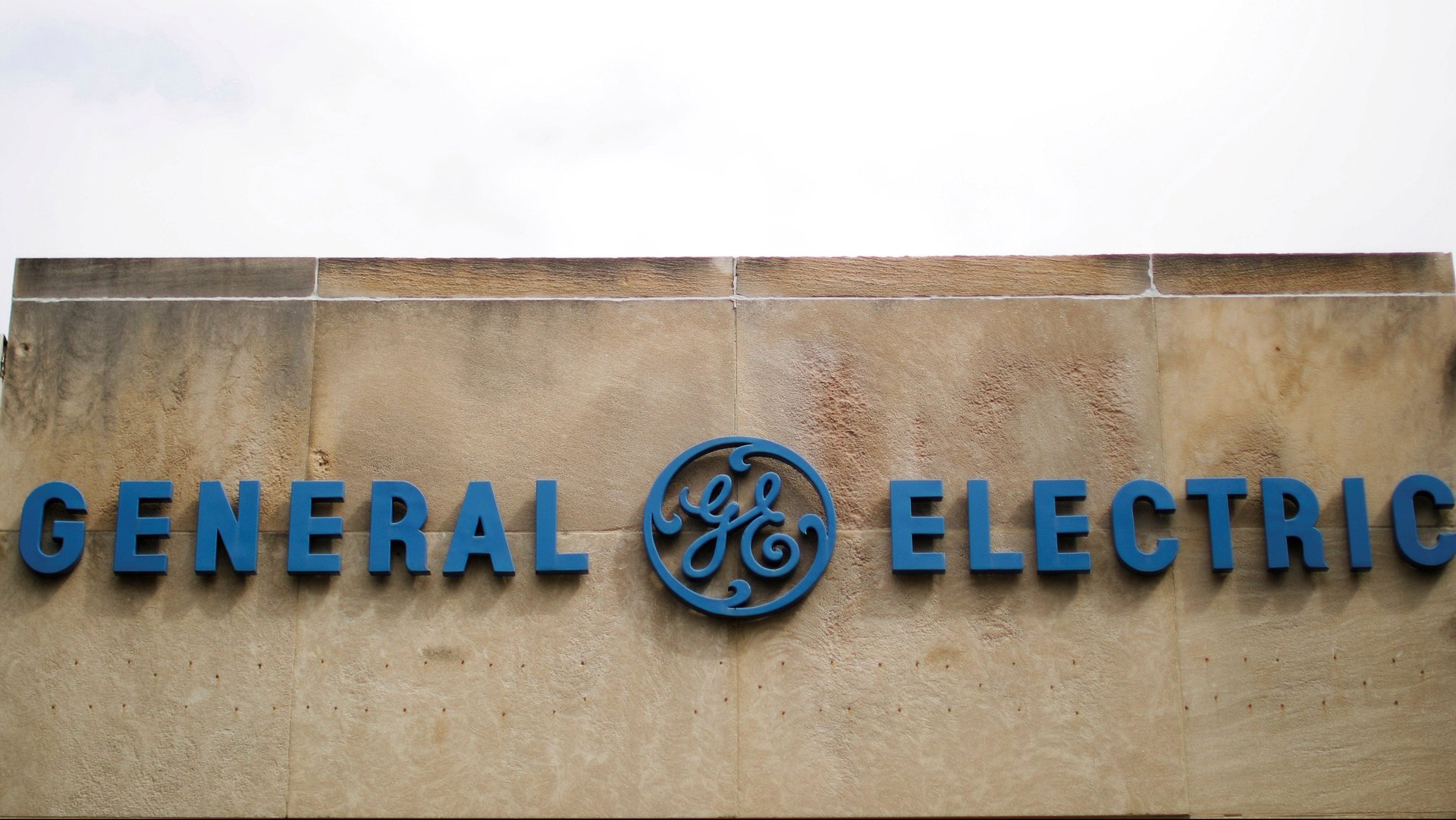GE is finally digging itself out of its hole, and investors are cheering
The past isn’t dead. It isn’t even past, as William Faulkner famously wrote, and as General Electric executives and investors thoroughly understand.


The past isn’t dead. It isn’t even past, as William Faulkner famously wrote, and as General Electric executives and investors thoroughly understand.
Chief executive officer Lawrence Culp was hired in October, after the abrupt firing of John Flannery, and given the mission of hauling the company out of the hole it spent decades digging for itself. In GE’s fourth-quarter earning report (pdf) released today (Jan. 31), Culp was able to point to signs of progress and investors responded by sending shares up as much as as 17%.
The company posted a modest profit of $666 million on revenues of $31.1 billion, better than analysts expected. But just as importantly, Culp showed signs he’s cleaning up the mess left by previous regimes. That includes reaching a tentative agreement to pay $1.5 billion in fines to settle the US’s government investigation into WMC, GE’s sub-prime mortgage unit, considered one of the worst offenders in the years leading to the financial crisis.
Culp also said the company is overhauling its mammoth power business, where sales fell 23% in 2018, and shrinking GE Capital, once the engine that drove GE but now an anchor dragging it down. Culp said he’s trying to whittle down the company’s legacy costs (and its $100 billion in debt) but new problems—like the faulty turbine blades it sold to power customers —keep popping up.
“I don’t think even on my last day here I would say I found all the skeletons in the closet,” he said on a conference call with analysts.
GE shares were trading at about $10.40 midday, up 14% from yesterday’s close, but still a long way from the $30 levels where it traded just two years ago. GE, the world’s largest company by market cap in 2001, endured a long, slow decline under former CEO Jeffrey Immelt. That decline picked up speed in recent years after expensive acquisitions backfiredand reached a head last October, when the company announced a $23 billion write down in its power business and the ouster of Flannery, who had taken over for Immelt only a year before.
The sudden firing may have reflected the impatience of a new breed of activist investors, led by Nelson Peltz, whose Trian Fund Management took a $2.5 billion stake in GE in 2015. By November, Peltz lost as much as $700 million in that investment, according to a Bloomberg calculation.
Legendary CEO Jack Welch ran GE for 20 years. His successor, Immelt, lasted 16, and Flannery just one. No wonder Culp is moving fast.